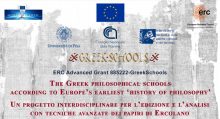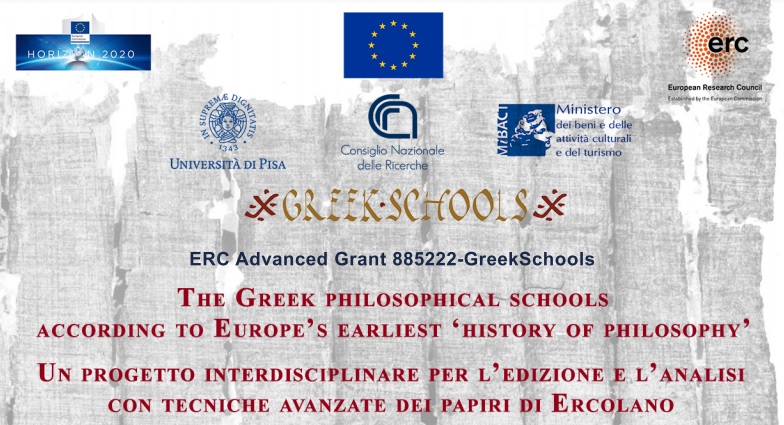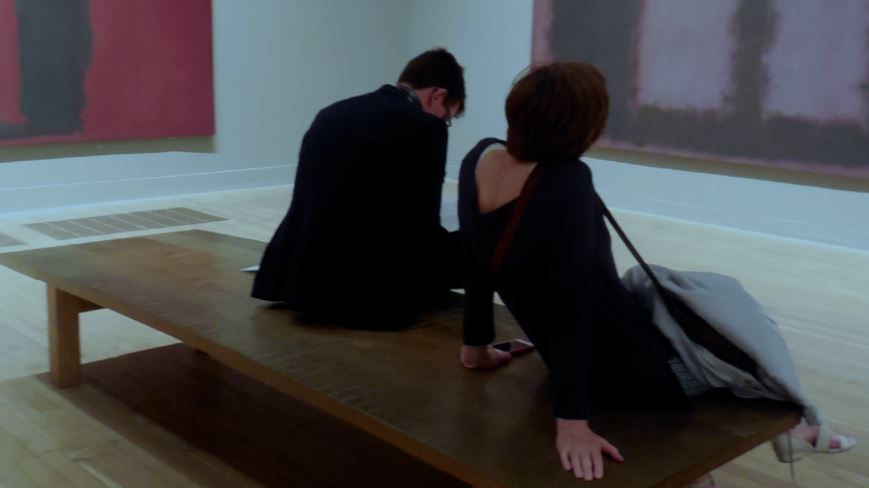 This new report explores how emotions influence the design and understanding of museums and offers suggestions of how museums should make use of the “emotional effect” to create greater impact and memorable experiences. Emotion are considered a pre-condition for learning: in this perspective, the report highlights the importance for Museums to facilitate emotional experiences and to foster empathy to better connect with visitors.
This new report explores how emotions influence the design and understanding of museums and offers suggestions of how museums should make use of the “emotional effect” to create greater impact and memorable experiences. Emotion are considered a pre-condition for learning: in this perspective, the report highlights the importance for Museums to facilitate emotional experiences and to foster empathy to better connect with visitors.
The study was conducted by NEMO Working Group LEM – the Learning Museum. The group explores topics relating to the fields of museum education, audience development, intercultural dialogue and lifelong learning. It organizes exchanges and learning through regular study visits to different museums, as well as producing studies and reports.
Read and download the full text of the report here.
Read more here
Facebook: https://www.facebook.com/NEMOoffice/posts/4069673279752005
Twitter:https://twitter.com/NEMOoffice/status/1362695282404818945
LinkedIn: https://www.linkedin.com/feed/update/urn:li:activity:6768459149714976768
-
Join the
Digital Meets Culture
Newsletter! -
Join the
Digital Meets Culture
Open Newsroom! If you have interesting news and events to point out in the field of digital cultural heritage, we are waiting for your contribution.
If you have interesting news and events to point out in the field of digital cultural heritage, we are waiting for your contribution.
-
Free text
-
-
Upcoming events
 The Summer School will be held in Zlarin, Croatia, on September 20-24, 2024. The deadline for submissions to the Public Call is June 24, 2024.
The Summer School will be held in Zlarin, Croatia, on September 20-24, 2024. The deadline for submissions to the Public Call is June 24, 2024.-
 Following, an article from the project's team, providing a report of the meeting
Following, an article from the project's team, providing a report of the meeting“Programme of Small-scale partnership in school education of the Erasmus+ Project From İntangible Expression to Digital Cultural Heritage European number: 2021-Round 2-KA210-SCH-0A1738D9 Our last meeting in Turkiye took part from 23rd to 27th of October in 2023 with the participation … Continue reading →
 AMRO 2024 was held in Linz from May 8 to 10, 2024
AMRO 2024 was held in Linz from May 8 to 10, 2024The 2024 edition of Art Meets Radical Openness (AMRO), the biennial festival for art, hacktivism, and open cultures, has just come to an end. Held in Linz from May 8 to 10, it offered a context for discussing the … Continue reading →


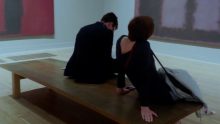
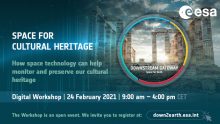
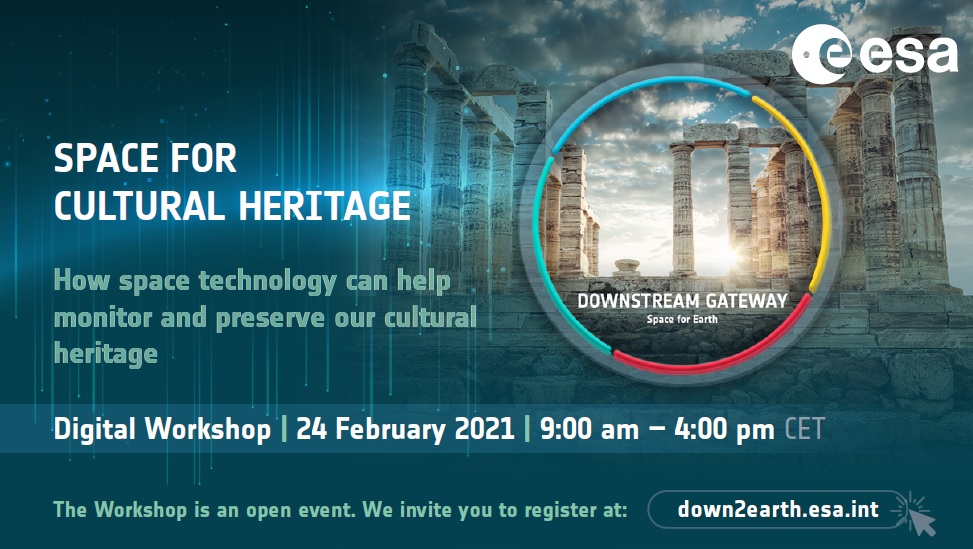

 “Societal Impacts of Culture: A transitional Perspective”: this is the titled of the 1st international workshop that was held online by MESOC, the H2020 sister project of UNCHARTED. The meeting provided the opportunity to discuss with experts and stakeholders the role of culture in urban change, as well as methodological and operational approaches needed to support social impacts assessment and evaluation.
“Societal Impacts of Culture: A transitional Perspective”: this is the titled of the 1st international workshop that was held online by MESOC, the H2020 sister project of UNCHARTED. The meeting provided the opportunity to discuss with experts and stakeholders the role of culture in urban change, as well as methodological and operational approaches needed to support social impacts assessment and evaluation.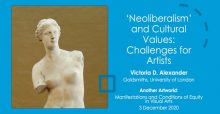
 On 3rd December 2020,
On 3rd December 2020, 
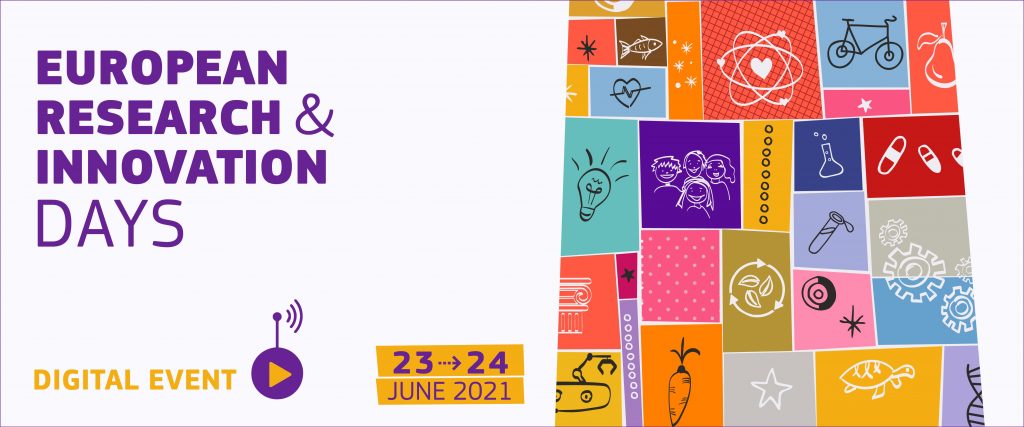
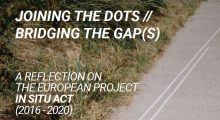
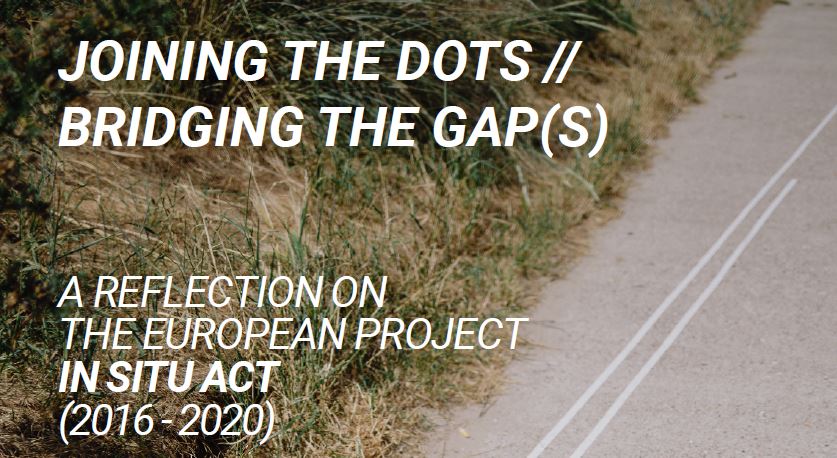
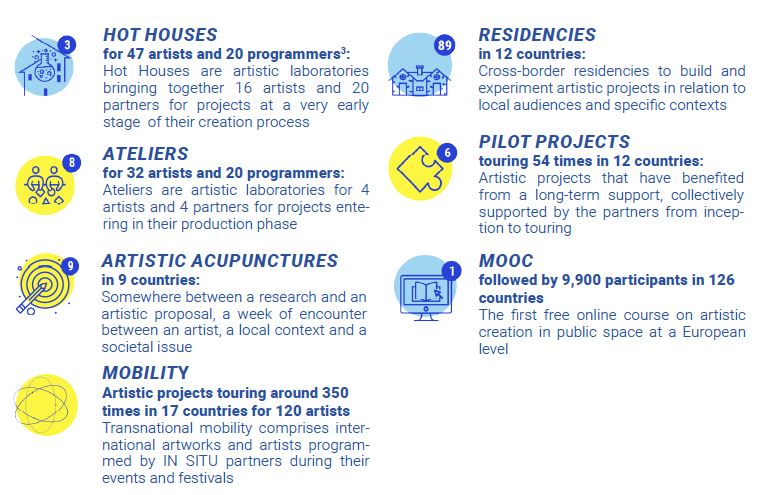
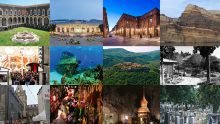
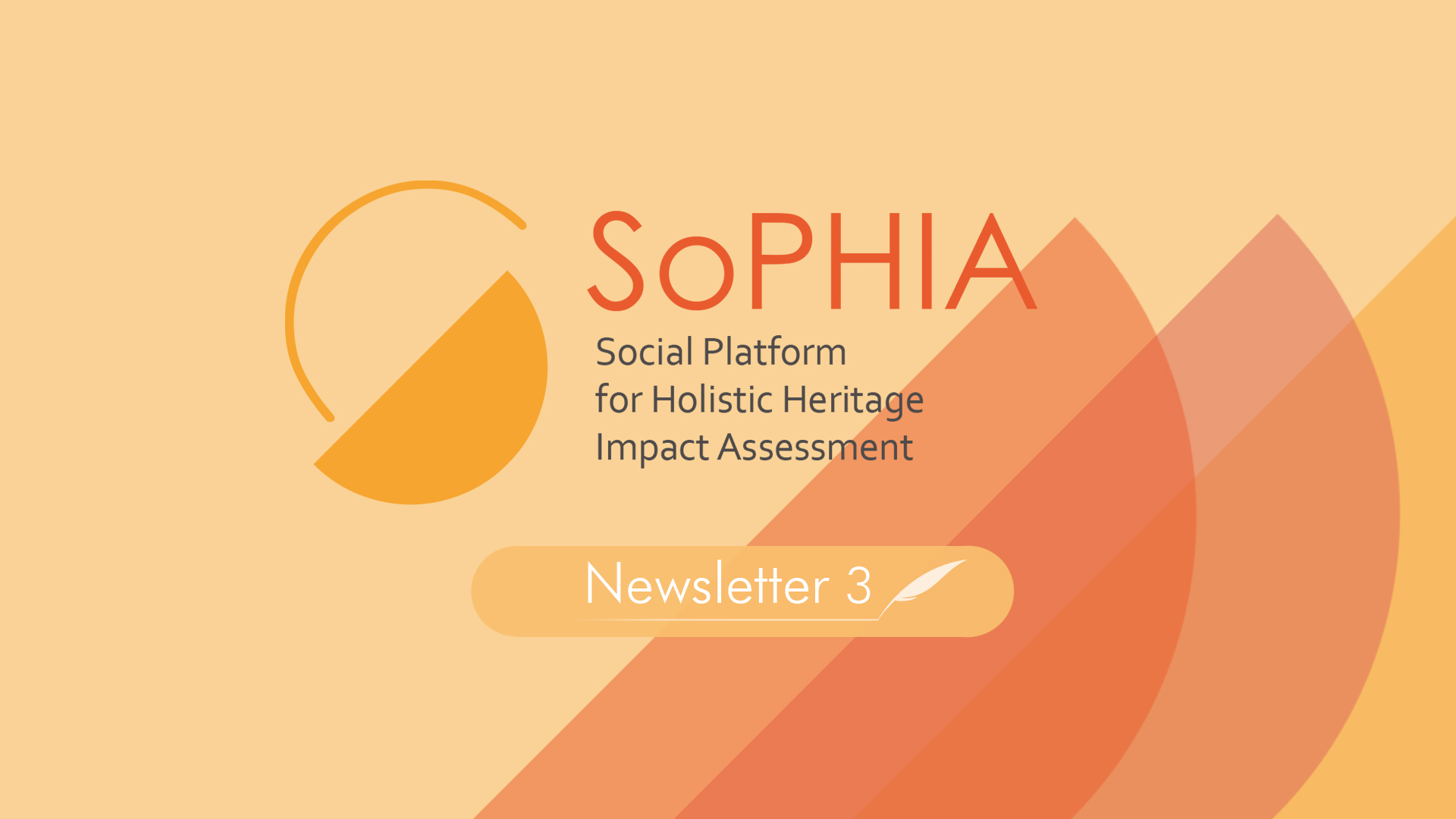 SoPHIA – Social Platform for Holistic Impact Heritage Assessment aims to promote collective reflection within the cultural and political sector in Europe, on the impact assessment and quality of interventions in European historical environment and cultural heritage at urban level, which would ensure a balanced approach to measuring their ‘success’ and contributions to our sustainable future. With the constant active participation of the social platform, SoPHIA´s work is organized around four main analytical dimensions – social, cultural, economic and environmental impact – which constitute perspectives to identify the most important challenges and opportunities linked to cultural heritage interventions in Europe.
SoPHIA – Social Platform for Holistic Impact Heritage Assessment aims to promote collective reflection within the cultural and political sector in Europe, on the impact assessment and quality of interventions in European historical environment and cultural heritage at urban level, which would ensure a balanced approach to measuring their ‘success’ and contributions to our sustainable future. With the constant active participation of the social platform, SoPHIA´s work is organized around four main analytical dimensions – social, cultural, economic and environmental impact – which constitute perspectives to identify the most important challenges and opportunities linked to cultural heritage interventions in Europe.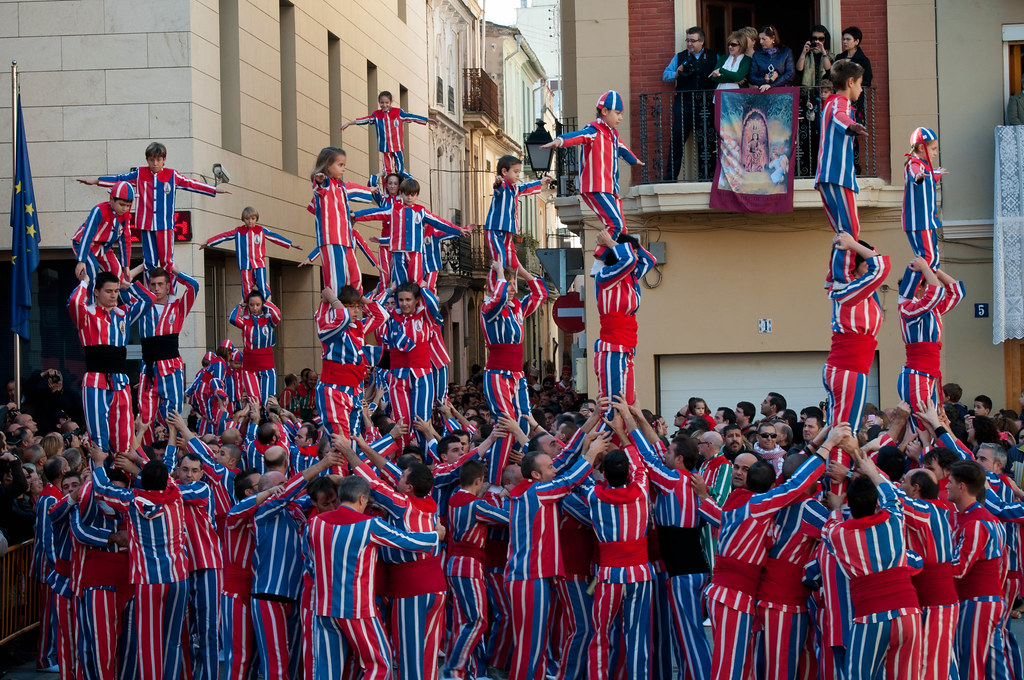 The first new of the Newsletter 3 is about the publication of
The first new of the Newsletter 3 is about the publication of 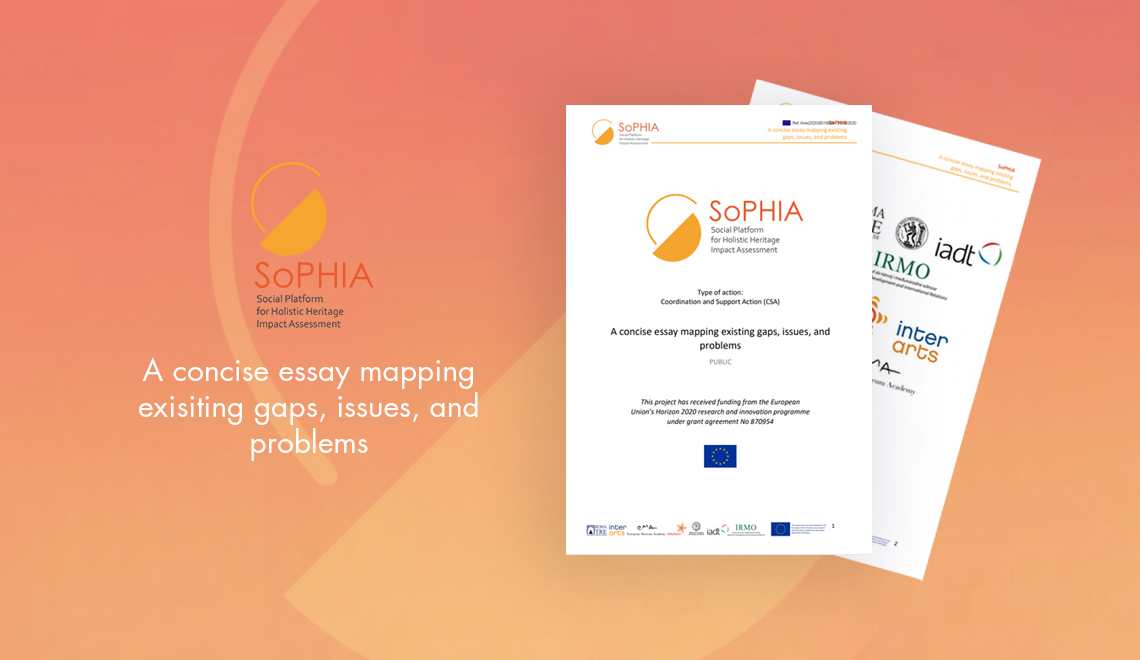 The second new is about the literature review on the Impact of Cultural Heritage on Society. Within the SoPHIA project, the broad scope of the academic and policy literature available have been examined, indicating its relevance, complex character and delicacy. The review highlights that there are many limitations to the effectiveness of Social Impact Assessment and the management of social issues in projects, such as corruption, rent seeking, elite capture, speculation and opportunistic behaviour are difficult to manage. The social domain within the
The second new is about the literature review on the Impact of Cultural Heritage on Society. Within the SoPHIA project, the broad scope of the academic and policy literature available have been examined, indicating its relevance, complex character and delicacy. The review highlights that there are many limitations to the effectiveness of Social Impact Assessment and the management of social issues in projects, such as corruption, rent seeking, elite capture, speculation and opportunistic behaviour are difficult to manage. The social domain within the 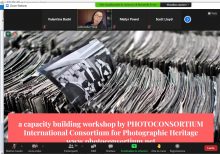
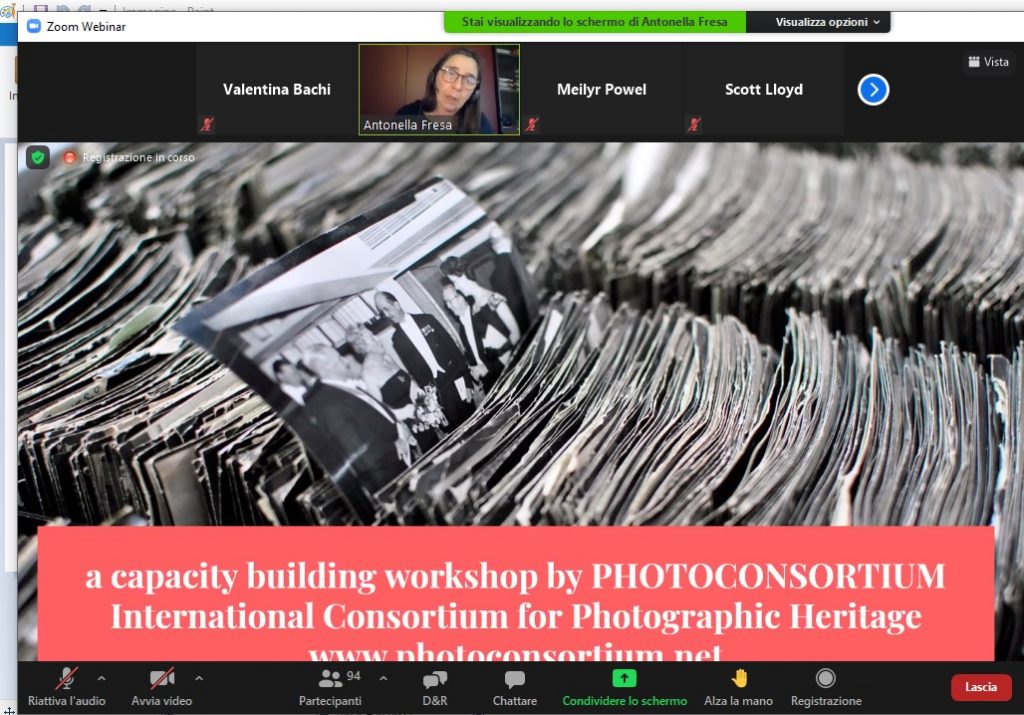 The opening event for the prestigious DIGITAL PAST 2021 conference, organized by the Royal Commission of the Ancient and Historical Monuments of Wales, was a 1-hour capacity building workshop by PHOTOCONSORTIUM to share experiences and lessons learnt for visual collections’ preservation, digitization and digital transformation.
The opening event for the prestigious DIGITAL PAST 2021 conference, organized by the Royal Commission of the Ancient and Historical Monuments of Wales, was a 1-hour capacity building workshop by PHOTOCONSORTIUM to share experiences and lessons learnt for visual collections’ preservation, digitization and digital transformation.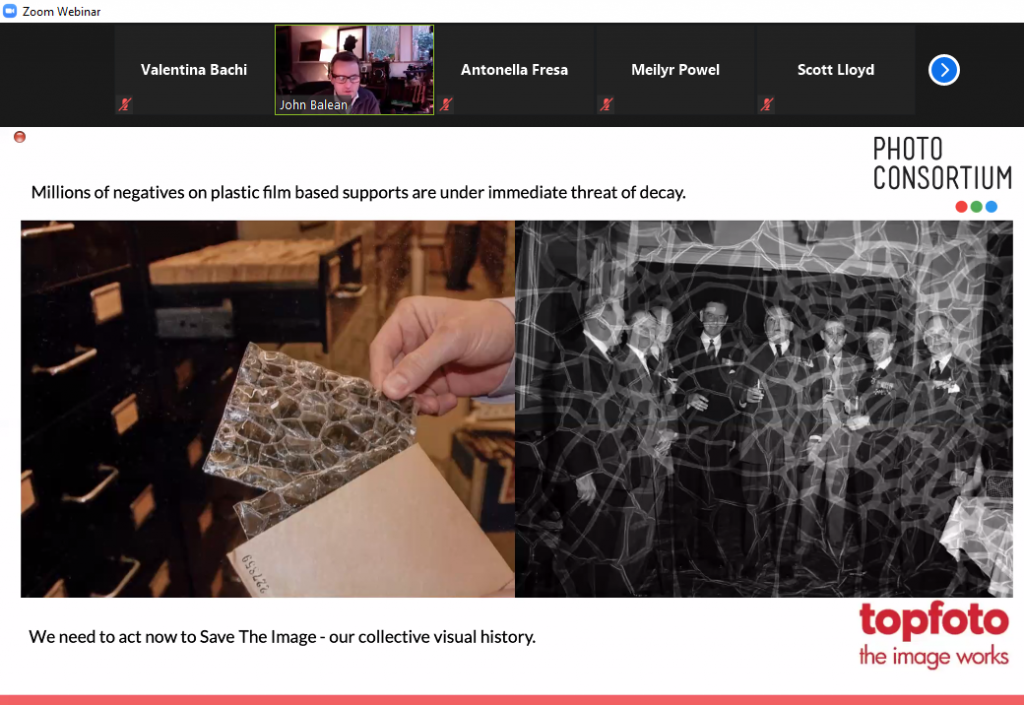
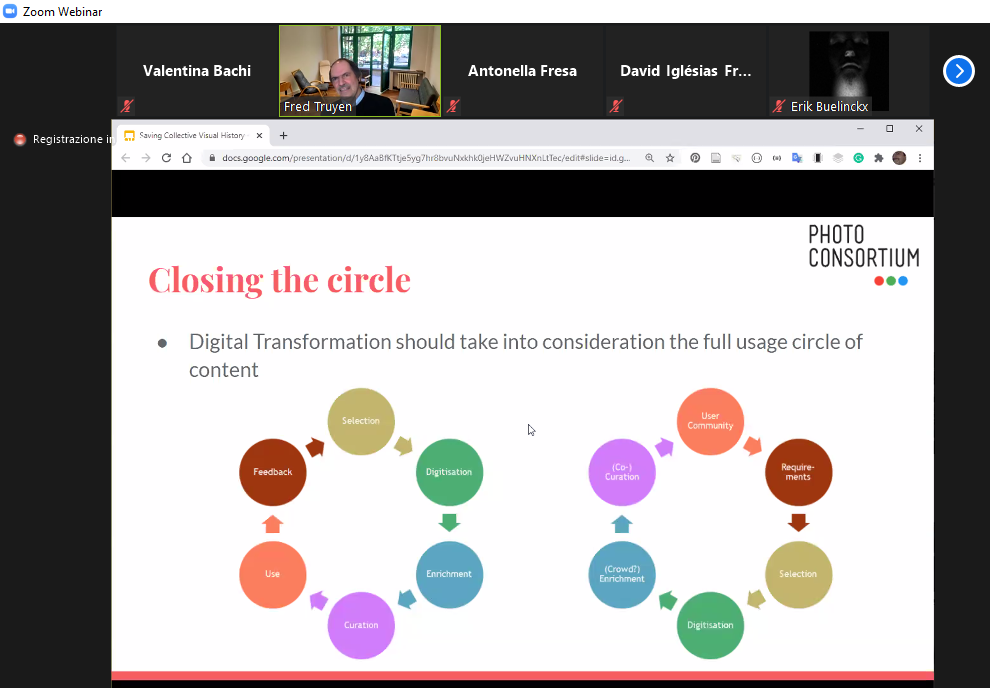
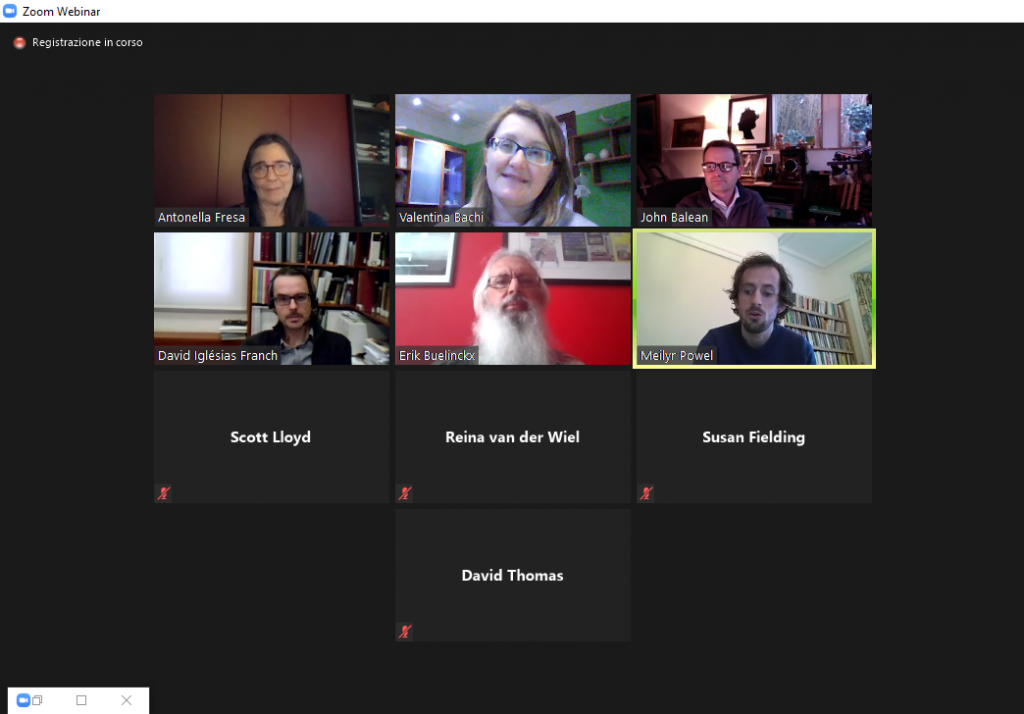
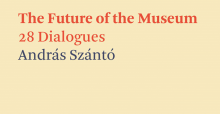
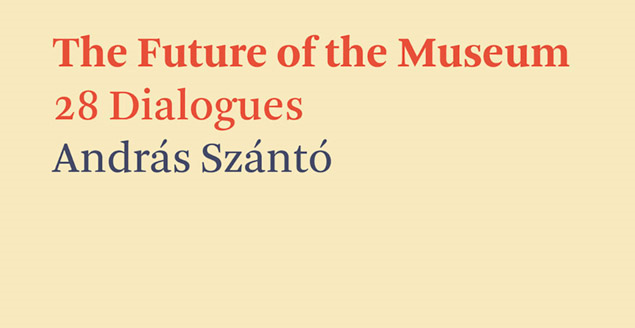 As museums worldwide shuttered in 2020 because of the coronavirus, New York-based cultural strategist András Szántó conducted a series of interviews to a international group of museum directors to discuss the future of cultural Institutions : 28 dialogues face the historical limitations and unexploited potential of art museums. What emerges from the series of conversations is a composite portrait of a generation of museum leaders working to make institutions more open, democratic, inclusive, experimental and experiential, technologically savvy, culturally polyphonic, attuned to the needs of their visitors and communities, and concerned with addressing the defining issues of the societies around them. The book was published by Hatje Cantz on November 2020 and available worldwide on January 2021.
As museums worldwide shuttered in 2020 because of the coronavirus, New York-based cultural strategist András Szántó conducted a series of interviews to a international group of museum directors to discuss the future of cultural Institutions : 28 dialogues face the historical limitations and unexploited potential of art museums. What emerges from the series of conversations is a composite portrait of a generation of museum leaders working to make institutions more open, democratic, inclusive, experimental and experiential, technologically savvy, culturally polyphonic, attuned to the needs of their visitors and communities, and concerned with addressing the defining issues of the societies around them. The book was published by Hatje Cantz on November 2020 and available worldwide on January 2021.